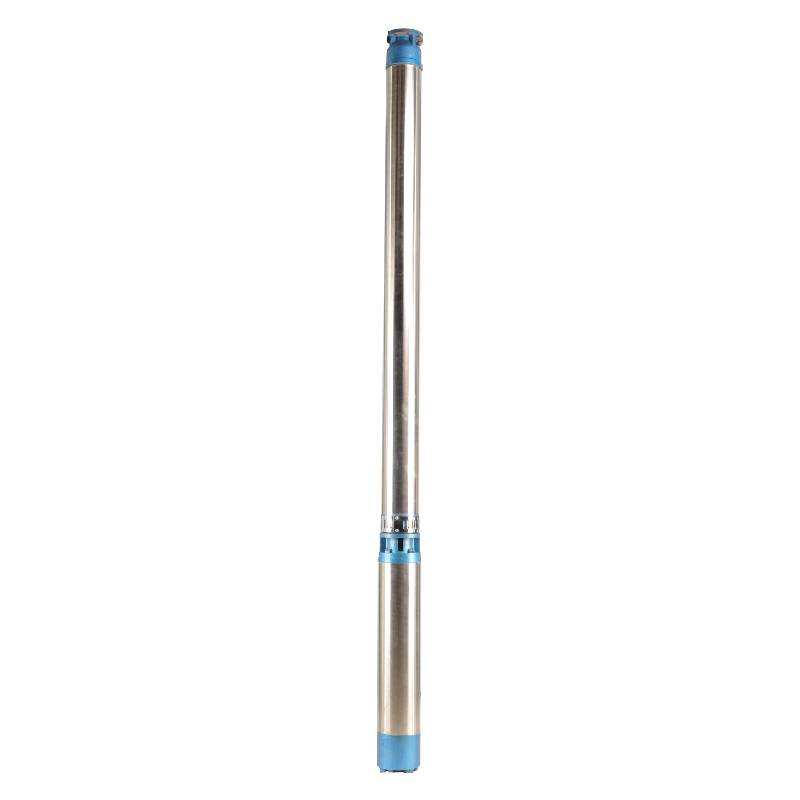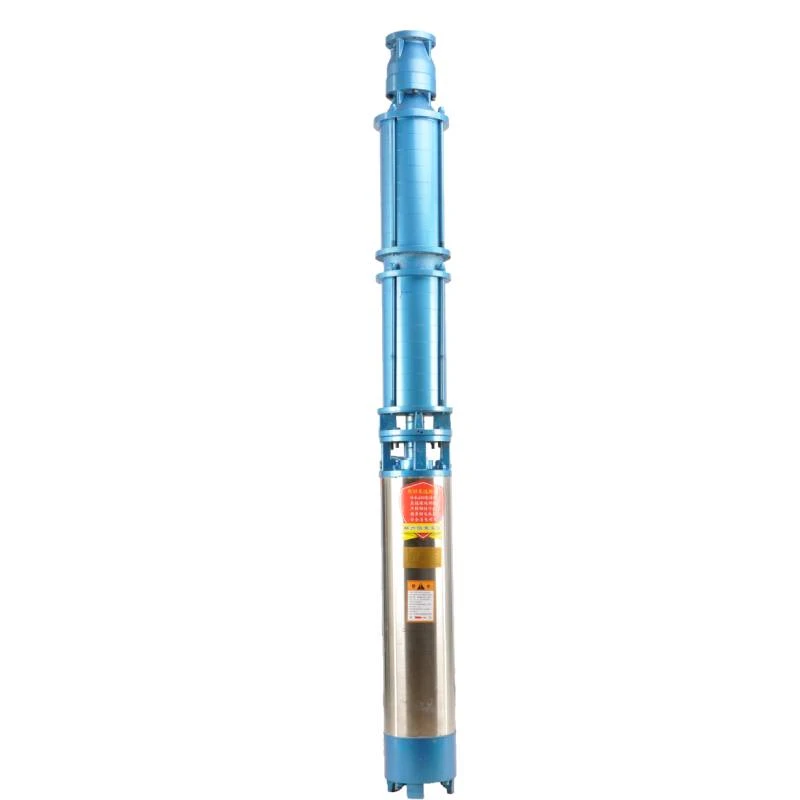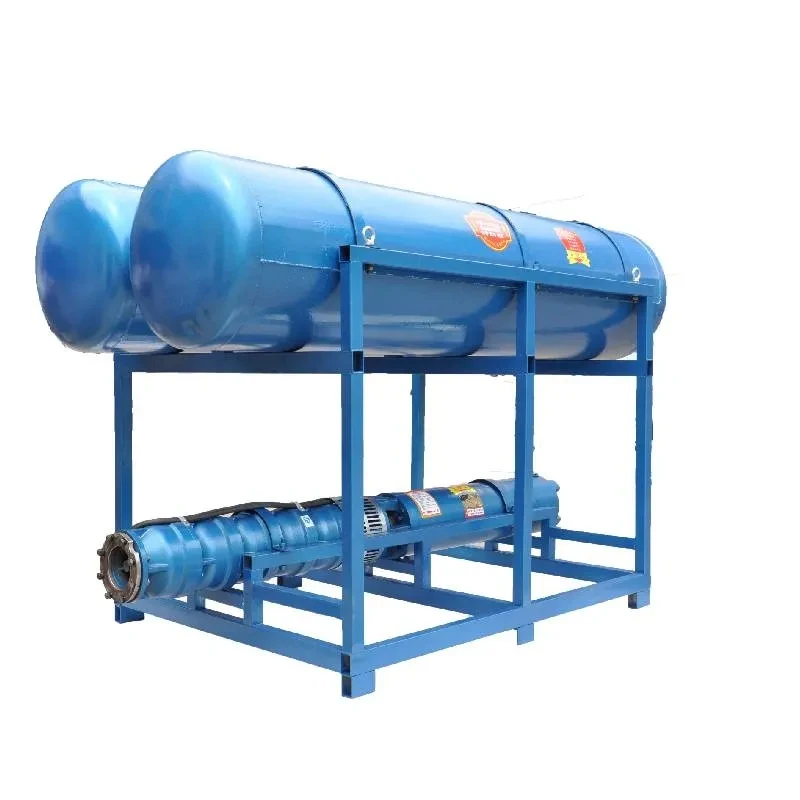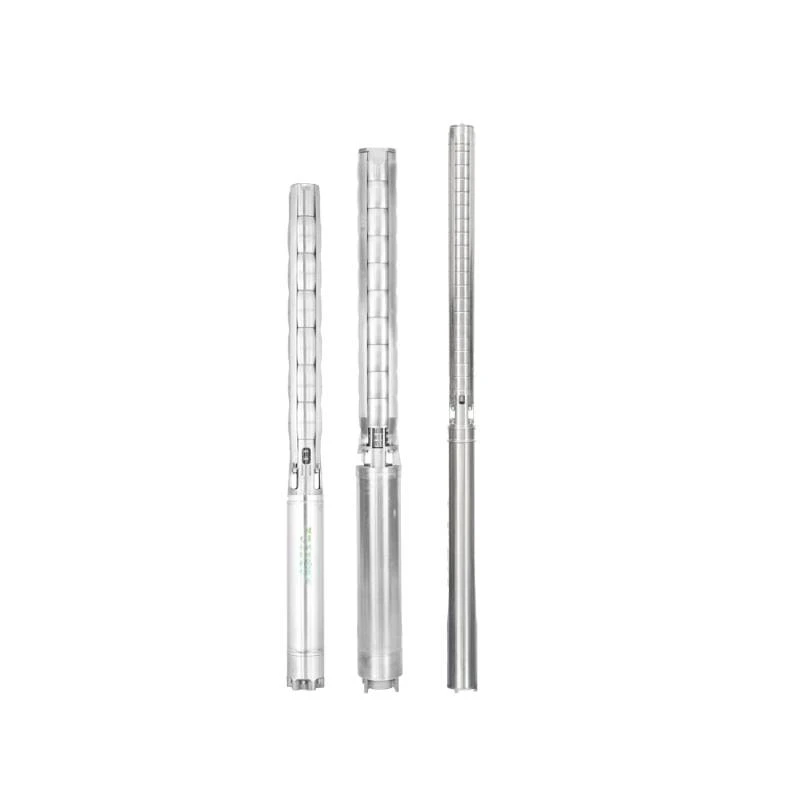nov . 29, 2024 11:36 Back to list
Fitting Techniques for Submersible Pump Installation and Maintenance Guidance
Understanding Submersible Pump Fitting A Comprehensive Guide
Submersible pumps play an essential role in various industries and applications, from agriculture to construction and wastewater management. One of the critical components that ensure these pumps function effectively is the fittings used in their installation. In this article, we will delve into the details of submersible pump fitting, exploring their significance, types, installation processes, and maintenance tips.
What is a Submersible Pump?
A submersible pump is a device designed to be fully submerged in liquid for the purpose of pumping fluids from one place to another. Unlike surface pumps that operate above the water level, submersible pumps are equipped with a hermetically sealed motor that is usually close-coupled to the pump body. When properly installed, these pumps are highly efficient and can move large volumes of water or other liquids.
The Importance of Proper Fittings
Fittings are crucial in the installation of submersible pumps as they serve several purposes
1. Connection Fittings provide the necessary connections between the pump and the piping system, ensuring a secure link that can handle pressure and flow requirements.
2. Sealing Proper fittings are essential for preventing leaks. A well-sealed connection helps in maintaining the efficiency of the pumping system and reduces the risk of contamination.
3. Alignment Fittings assist in properly aligning the pump with the discharge piping, which is vital for optimal performance and longevity of the equipment.
4. Ease of Maintenance Quality fittings can facilitate easier maintenance and replacement of the pump or any associated components without the need to dismantle the entire system.
Types of Submersible Pump Fittings
Several types of fittings are commonly used with submersible pumps. Understanding these options is vital for selecting the correct fitting for a given application
1. Flanged Fittings These involve a flange that allows the fitting to connect easily and securely to the pump and the discharge line. Flanged fittings are ideal for high-pressure applications due to their robustness.
2. Threaded Fittings These fittings screw onto the pump or piping. They are commonly used due to their simplicity and ability to create tight seals when constructed properly.
3. Couplings These are primarily used to connect two lengths of pipe or a pump to a piping system. Couplings come in various designs, such as flexible or rigid, depending on the application’s needs.
submersible pump fitting

4. Adapters These fittings help transition between different sizes or types of piping systems, allowing for versatility in installation.
5. Check Valves Integrated into the system, check valves prevent the backflow of liquid, ensuring that the pump maintains its prime and operates efficiently.
Installation Process
Installing submersible pump fittings involves several steps
1. Assess Requirements Determine the proper size and type of fittings required for the specific submersible pump and application.
2. Prepare the Site Ensure that the installation site is accessible and all necessary tools and components are available.
3. Connect the Pump Attach the fittings securely to the pump and ensure they are aligned with the discharge piping.
4. Seal Connections Use appropriate sealing materials (such as Teflon tape for threaded connections) to prevent leaks.
5. Testing Before fully operationalizing the pump, conduct a pressure test to verify that all connections are secure and leak-free.
Maintenance Tips
Proper maintenance of submersible pump fittings is essential for prolonging the lifespan of both the fittings and the pump. Here are some tips
- Regular Inspections Periodically check the fittings for signs of wear and corrosion. Early detection can prevent more significant issues. - Cleanliness Keep the fittings and surrounding areas clean to avoid debris entering the system. - Lubrication Where applicable, lubricate any moving parts associated with the fittings to ensure smooth operation.
Conclusion
Submersible pump fittings are a vital aspect of ensuring that these pumps operate efficiently and effectively. By understanding the different types of fittings, their installation, and maintenance requirements, you can enhance the performance and longevity of your submersible pumping system. Proper fittings not only contribute to the overall effectiveness of the system but also play a crucial role in preventing costly downtime and repairs.
-
Troubleshooting for Water-Filled Submersible Pumps
NewsJun.04,2025
-
Troubleshooting for Floating Deep Well Submersible Pumps
NewsJun.04,2025
-
How to Choose SS Submersible Pump for Deep Well Applications
NewsJun.04,2025
-
Floating Deep Well Submersible Pump Cost: Factors Affecting Pricing
NewsJun.04,2025
-
Buying Guide for Deep Well Submersible Pumps
NewsJun.04,2025
-
Best Submersible Pumps for Agriculture and Irrigation
NewsJun.04,2025
-
 Troubleshooting for Water-Filled Submersible PumpsSubmersible pumps are essential for various applications, including irrigation, drainage, and water supply systems.Detail
Troubleshooting for Water-Filled Submersible PumpsSubmersible pumps are essential for various applications, including irrigation, drainage, and water supply systems.Detail -
 Troubleshooting for Floating Deep Well Submersible PumpsWhen it comes to reliable water extraction solutions, the floating deep well submersible pumps stands out as a top choice for both residential and industrial applications.Detail
Troubleshooting for Floating Deep Well Submersible PumpsWhen it comes to reliable water extraction solutions, the floating deep well submersible pumps stands out as a top choice for both residential and industrial applications.Detail -
 How to Choose SS Submersible Pump for Deep Well ApplicationsWhen it comes to deep well water extraction, selecting the right pump is crucial for efficiency, durability, and long-term performance.Detail
How to Choose SS Submersible Pump for Deep Well ApplicationsWhen it comes to deep well water extraction, selecting the right pump is crucial for efficiency, durability, and long-term performance.Detail
